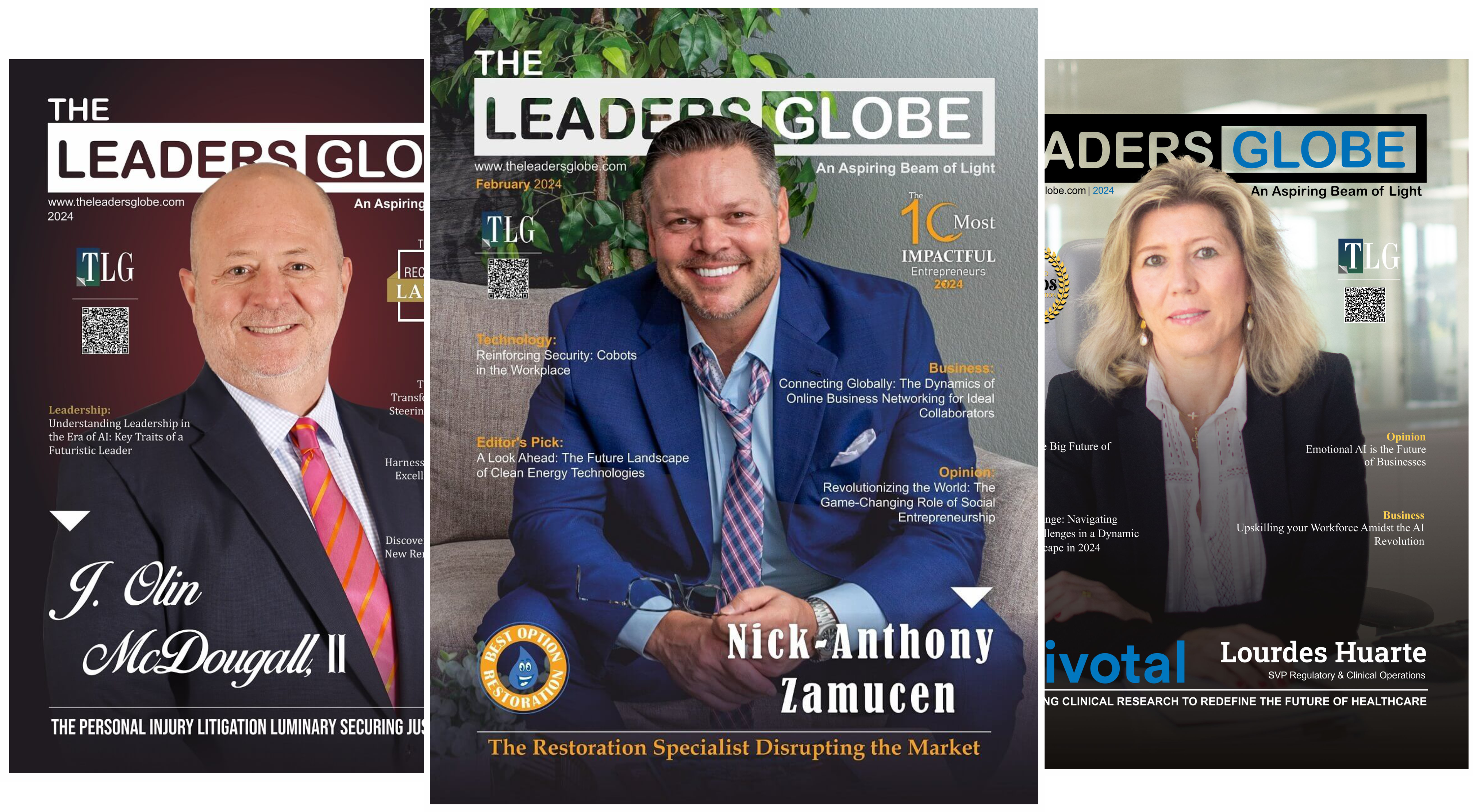There is no clarity on which path the world will take in the next 40 years. But one thing that experts and normal citizens all agree on is the need to make the world more sustainable. This has become, in fact, an exciting challenge for everyone on planet earth. The United Nations (UN), and by extension the entire population of the planet face this one singular mission: the sustainable development.
But what is sustainable development? Brundtland’s report simply defines it as “To meet the needs of present without compromising the ability of future generations to meet their own needs.” It is an organizing principle for meeting human development goals while also sustaining the ability of natural systems to provide the natural resources and ecosystem services on which the economy and society depend.
The 2030 agenda for Sustainable Development has been adopted by all United Nations Member States in 2015. It provides a shared roadmap for peace and prosperity for people and the planet, now and into the future. Its core is the 17 Sustainable Development Goals (SDGs), which are an urgent call for action by all countries – both developed and developing – in a partnership at the global scale. They recognize that ending poverty and other issues must go hand-in-hand along with strategies that improve health and education, reduce inequality, and accelerate economic growth – simultaneously tackling climate change and working to preserve our oceans and forests.
A quick overview of these goals is:
- Ending poverty in all forms, and at all the places.
- Getting rid of hunger, and achieving food security. This also involves improving nutrition and adopting sustainable principles of farming.
- Promoting well being and ensuring healthy living conditions.
- Ensuring quality education, and making it easily accessible to people of all ages. Also, promotion of learning opportunities available lifelong.
- Achieving gender equality, and empowering women and girls.
- Ensuring easy access of water along with its sustainable management, and even sanitation.
- Ensuring that everyone has access to clean, affordable a d reliable energy.
- Ensuring everyone has an opportunity to get productive employment and decent work, that will promote their own economic growth and make them valuable members of the society.
- Developing resilient infrastructure, inclusive and sustainable industrialization with major focus on innovation.
- Reducing inequality within and among countries.
- Making cities and human settlements more resilient, sustainable, safe and inclusive.
- Ensuring patterns of production and consumption are sustainable.
- Implementing urgent actions to take control of climate change problems.
- Conserving and sustainably using the oceans, seas and marine resources for sustainable development.
- Promoting peaceful and inclusive societies for sustainable development, provide access to justice for all and build effective, accountable and inclusive institutions at all levels.
- Protecting, restoring and promoting sustainable use of terrestrial ecosystems, sustainably manage forests, combat desertification, and halt and reverse land degradation and halt biodiversity loss.
- Strengthening the means of implementation and revitalize the Global Partnership for Sustainable Development.
The concept of sustainable development, despite its urgent need, has been, and still is, subject to criticism, including the question of what is to be sustained in sustainable development. Many argue that there is no such thing as a sustainable use of a non-renewable resource. The main reasoning behind this is that any positive rate of exploitation will eventually lead to the exhaustion of earth’s finite stock. This would render the Industrial Revolution, in its entirety, unsustainable.
The concept of sustainable development has been criticized from various perspectives. While some see it as an oxymoron, or even paradoxical; they regard development implicitly as unsustainable. Meanwhile others are disappointed with how little progress has been achieved thus far.
The Rio Protocol was a big leap forward: The world, for the first time in history, came to a consensus on a sustainability agenda. In fact, a global agreement was facilitated by neglecting concrete goals and operational details. The Sustainable Development Goals (SDGs) now have concrete targets or goals as described above, which was not the case in the results from the Rio Process, but no methods for correct or proper sanctions.
The mission is not an easy one. It is a road full of difficulties and challenges. But once achieved, it will ensure a worthy existence for all the inhabitants of the world, and one that will also guarantee a well-defined coexistence with other living beings and natural resources.
It is now up to all of us to work together to create a better future.




